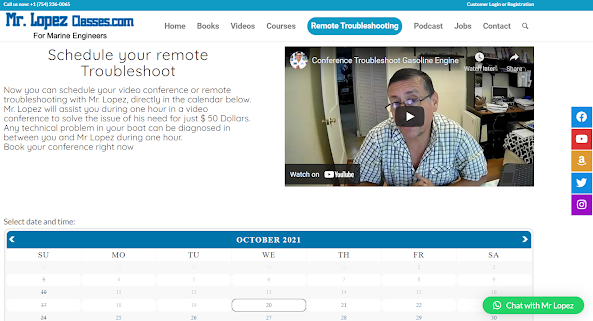Marine Sanitation System
Marine Sanitation Devices (MSD)
Recreational boats are not required to be equipped with a toilet.
If a toilet is installed, it must be equipped with an operable Marine Sanitation Device (MSD) that is certified by the Coast Guard.
Installed toilets that are not equipped with an MSD, and that discharge raw sewage directly over the side, is illegal.
Portable toilets or "porta-potties" are not considered installed toilets and are not subject to the MSD regulations.
Marine Sanitation Systems
Type One MSD’s typically discharge treated waste directly overboard
- This system reduces bacteria and discharges no visible floating solids
Type two MSD system is similar to type one but with a better job of treating waste
- These are typically installed in boats over 65’, but can be used on any vessel outside of a non discharge zone
Type Three MSD system uses a head connected directly to a holding tank
- Some systems use “Y –Valves” that allow waste flow to be diverted directly overboard ( outside 3 mile discharge limit)
- Holding tanks can be emptied at many marinas or state run pump-out stations
The Marine Environment
Portable Toilets are subject to disposal regulations that prohibit the disposal of raw sewage within territorial waters (3-mile limit), the Great Lakes, or navigable rivers.
This symbol is used to show boaters where onshore pump-out services are located. You will need to locate a marina displaying this symbol if you use a portable toilet or Type III MSD holding tank on your boat.
Type I Treatment System
A treatment system (Type I MSD), offers nearly the same plumbing simplicity as direct discharge.
Connect the head's discharge hose to the inlet side of the treatment unit, and connect the outlet side to the discharge through-hull.
Some onboard treatment systems do a better job than municipal sewage plants.
Get here the Marine Auxiliary Systems Book where you can find all the information on this and many other topics.
MSD Type II
This type of sanitation system is divided into three treatment stages; aeration, clarification, and disinfection.
In the aeration chamber (stage 1), the bacteria grow and multiply using the sewage as their food supply. This action reduces the quantity and size of the solid matter.
Electro-Scan Treatment Tank Type I
The electro scan utilizes electrodes that temporarily convert saltwater into a powerful bactericide. The treated wastewater then safely and conveniently reverts back to its original state of salt and water.
Learn more in the following video
Electro-Scan Type II System Without Holding Tank
Additionally, the system could be installed above the water line and without a holding tank, then the electro scan can be installed with one or two marine toilets to form a complete sanitation system. Pressing the “START STOP” pad activates the treatment cycle.DISCHARGE OF RAW SEWAGE
The boundaries of U.S. territorial waters are marked on some nautical charts. Changes to the boundaries are published in Coast Guard Local Notices to Mariners.
It is illegal to discharge raw sewage from a boat in territorial waters (within the 3-mile limit), the Great Lakes, and navigable rivers. However, a Y-valve may be installed on any MSD to provide for the direct discharge of raw sewage when the boat is outside U.S. territorial waters.
The valve must be secured in a closed position while operating in U.S. waters.














Comments
Post a Comment